,StanstedForest10523-15052023-2Neil_Hulme4129.jpg)
Boloria euphrosyne
This beautiful fritillary was once widespread and abundant, but its dependence on very small violets is its “Achilles Heel”, as it is highly dependent on rotational coppicing or clear felling. The lack of demand for wood products and the switch to conifer plantations after the Second World War led to a dramatic decline in this species fortunes. In the 1990-1994 county survey it was found in just 62 tetrads and in the 2010-2014 survey it was reduced further to just 20 tetrads.
It is a medium-size fritillary with blocks of black spots distributed over its orange-brown uppersides. With closed wings the hind wing is very distinctive with seven silver-white pearls on the outer edge, and two bright patches of silver situated on either side of a central pentagonal cell that contains a small black dot. Small Pearl-bordered Fritillaries also have seven silvery white pearls on the border of the hindwing but have seven or eight patches of silver surrounding the "pentagonal cell", which contains a considerably larger black dot.
The adults emerge in late April or the first few days of May, and the flight period continues until early June.
The astonishing decline of this species has been halted by a sustained effort by many parties over a period of twenty years, or so. Pearl-bordered Fritillaries were re-introduced to Abbot’s Wood in 2004 and then in 2015 an initiative called “Fritillaries for the future” was launched by Butterfly Conservation, with Neil Hulme playing a leading role. Pearl-bordered Fritillaries were re-introduced to Stansted Forest and at Rewell Wood where an on-going programme of rotational coppicing was initiated. Many organisations have been involved in preventing the local extinction of this species, and they include Butterfly Conservation, Forestry England, the Norfolk Estate, and the South Downs National Park Authority. Congratulations to all of them and apologies to any organisation or landowner that is missing from the list!
The most reliable site is Rewell Wood on the track between SU984077 to SU980079. Also, in West Sussex, there is colony at Stansted Forest at SU747105. In East Sussex, they can be found in Abbot's Wood at TQ561081 and TQ569082. Map references are for guidance only, as PBFs will move around their woodland to locate young violets, and the precise locations are likely to vary, year-on-year.
,StanstedForest10523-15052023-2Neil_Hulme4129.jpg)
Mating pair of Pearl-bordered Fritillaries – photo by Neil Hulme
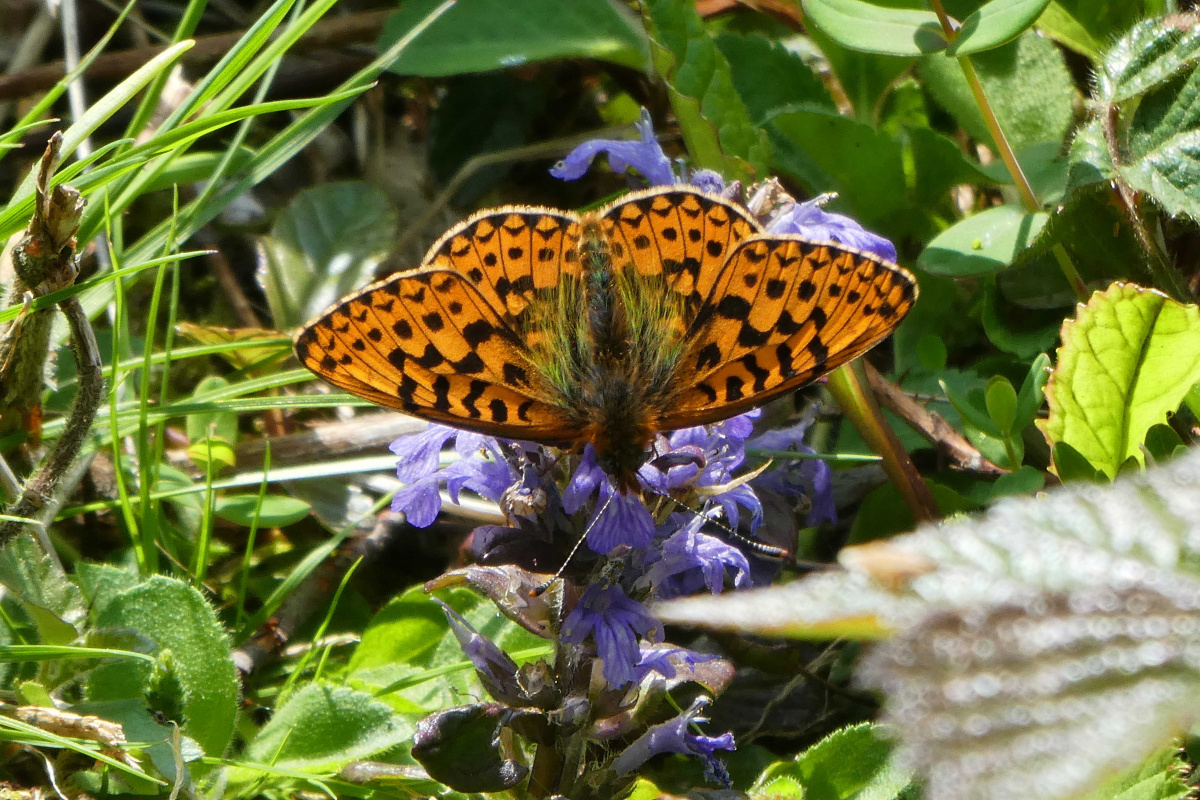
Male nectaring on Bugle – photo by Peter Farrant
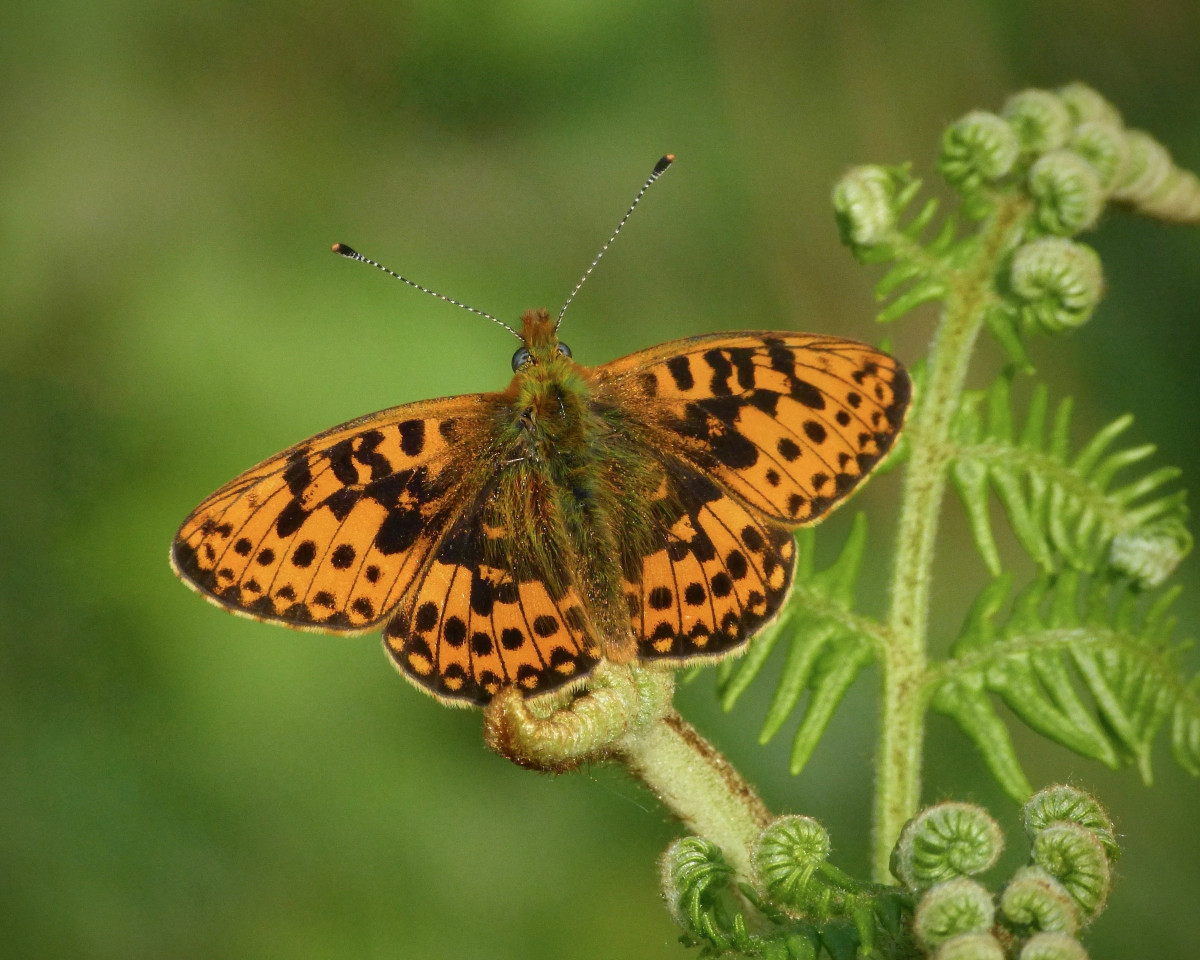
Male perched on Bracken – photo by John Williams
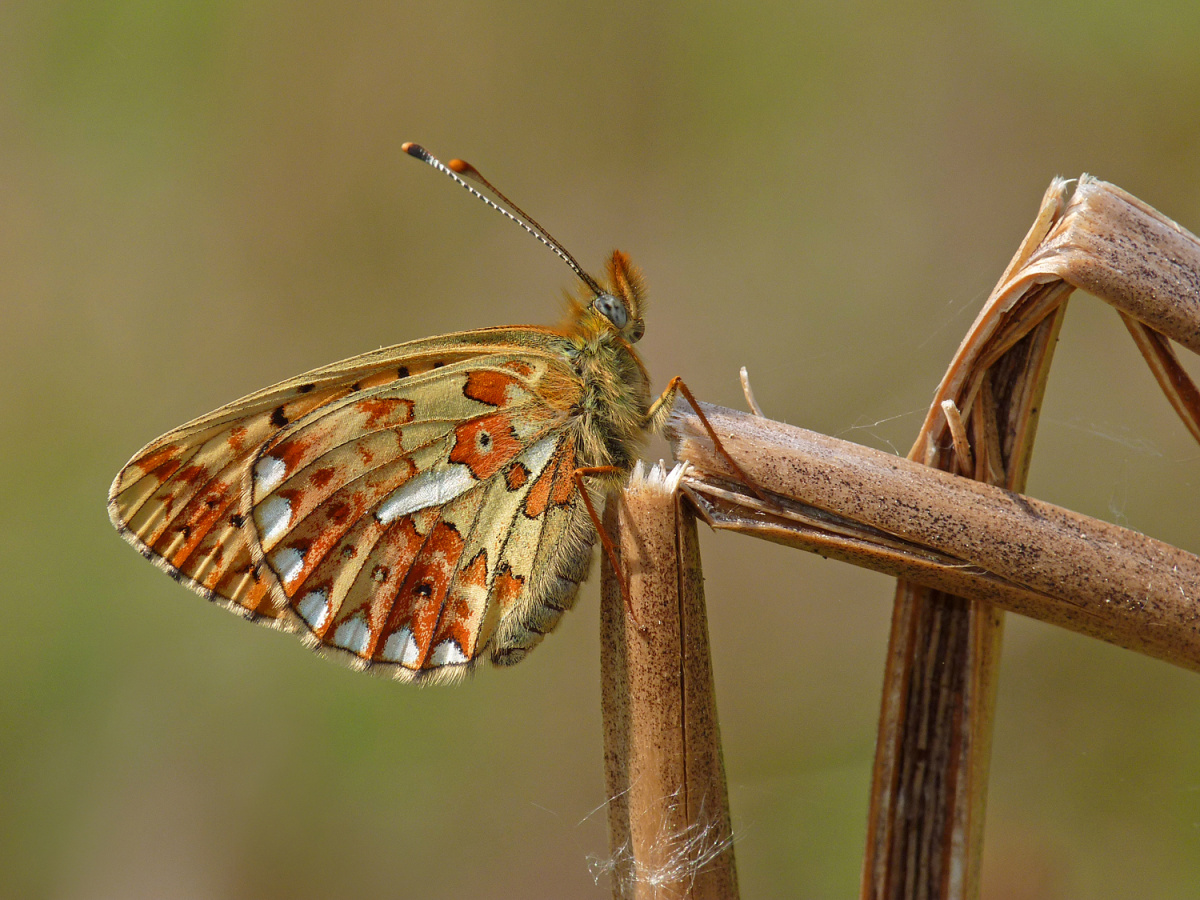
Female at roost – photo by Neil Hulme
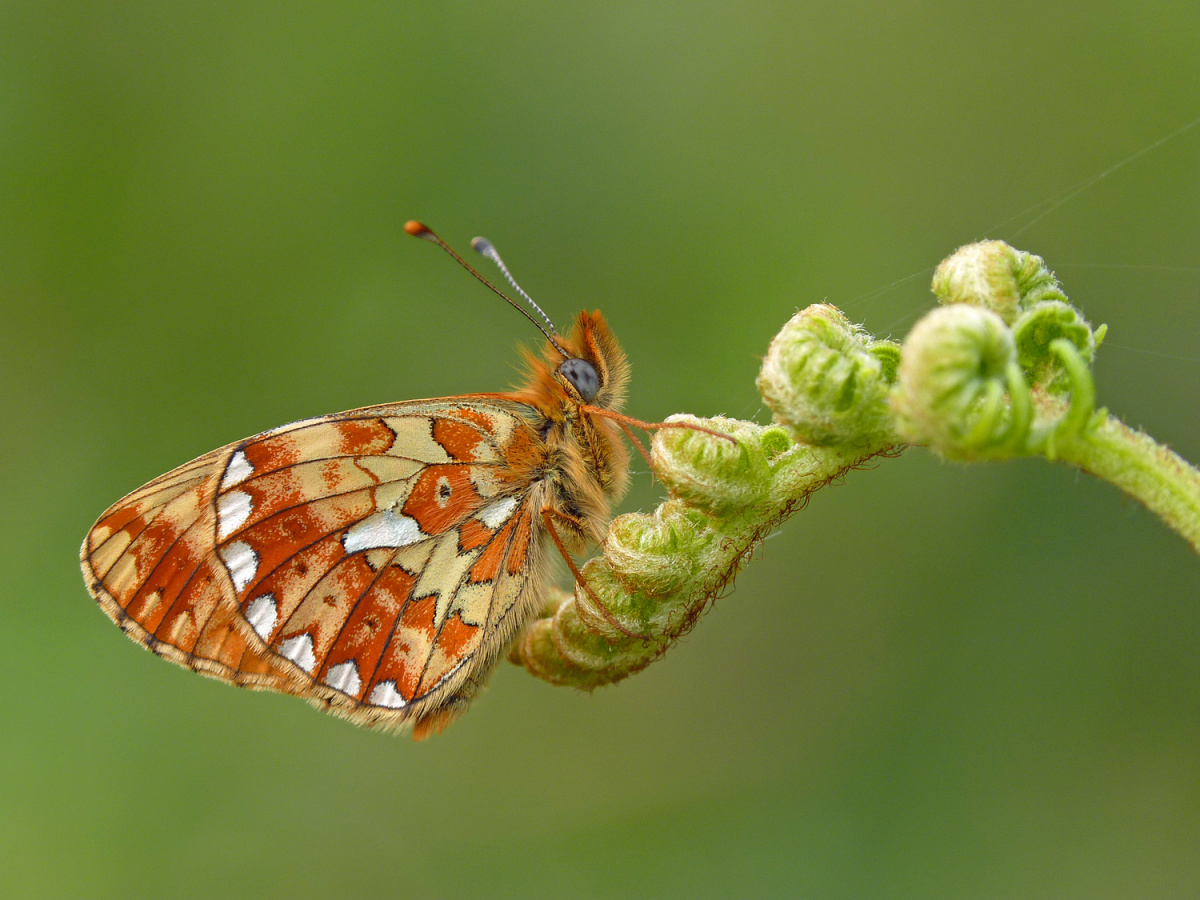
Male at roost – photo by Neil Hulme
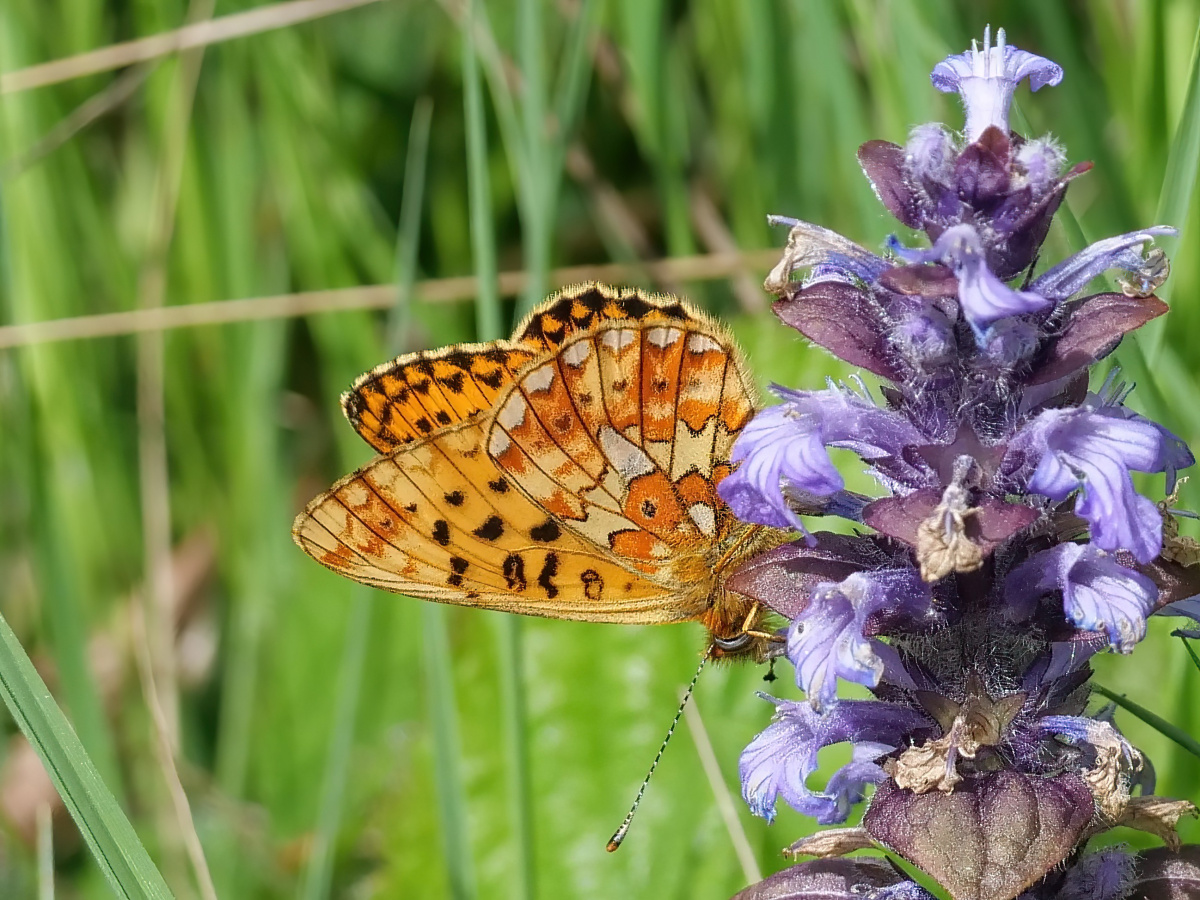
Nectaring on Bugle – photo by Nicholas Turner
Butterfly Conservation Pearl-bordered Fritillary